Rap music is one of the most popular music genres in the world. Although it officially began in the early 1970s, the concept of rap music has been around since prehistoric times, performed by West Africa’s griots.
When I think of rap music, the first thoughts that come to mind are fast, spoken-word poetry and catchy beats. However, rap is much more than rhyme, rhythm, and content.
This article discusses everything you need to know about rap music.
What is rap music? How did it come to be? What’s its history?
Let’s find out!
What Is Rap Music?
Originating in New York in the early 1970s, rap is a musical style that features chanted or “rapped” rhythmic speech alongside an insistent, recurring beat pattern. It’s a distinct form of word poetry, with often fast-spoken lyrics and heavy-hitting beats.
History of Rap Music
The history of rap music is as extensive as it’s impressive. Let’s go through the most important timelines together.
The True Origins of Rap Music
Although widely accepted to have begun in the late 1960s to early 1970s, the true origins of rap music can be traced all the way back to ancient times.
According to historians, early forms of rap music began as rhythmic stories told by West African griots over drum beats and sparse instrumentation.
Modern-day griots continue past traditions through the creative use of music strategies, rhetorical styles, and languages, all of which appear in traditional rap music.
1970s: The Birth of an Era
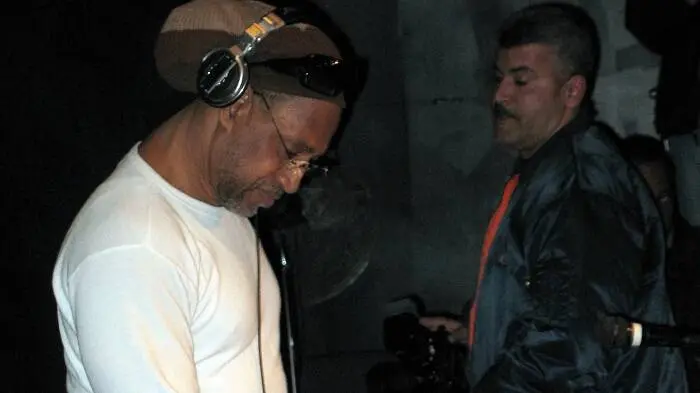
Rap music as a genre “officially” began in the early 1970s in African-American and Latino neighborhoods in New York.
Initially, rap music started off as a way to keep crowds energized in block parties.
MCs and DJs would liven up the crowd by talking and telling jokes over beats of sample percussion. Later, MCs became known as rappers.
At the time, rap music wasn’t really classified as a genre so much as a way to interact and entertain party-goers.
Even so, it sparked great interest as the “lyrics” gave young listeners an empowering sense of identity and voice.
One of the most prominent DJs at the time was Jamaican-American DJ Kool Herc.
DJ Kool Herc, formally known as Clive Campbell, transformed dance DJing, party culture, and Jamaican toasting traditions into vibrant play music. Today, he’s widely credited as the “Founder of Hip-Hop” and the “Father of Hip-Hop.”
Other noteworthy names in the Bronx during the early periods of rap music include Joseph “Grandmaster Flash” Saddler, Melle Mel, and Afrika Bambaataa.
1980s: Unstoppable Force of Rap Music
Although initially dismissed as a fad, rap music began rising in popularity with the release of The Sugarhill Gang’s 1979 album, Rapper’s Delight, then again with Kurtis Blow’s 1980 hit, The Breaks. Both albums made it to Billboard’s Top 40.
Soon, rapping went from a simple way to entertain guests to a highly respected art form. As more and more artists and DJs partook in the style of music, the technique continued to evolve and develop.
DJ Grand Wizard Theodore invented an act called the “needle drop” and “needle scratching” in the 1980s.
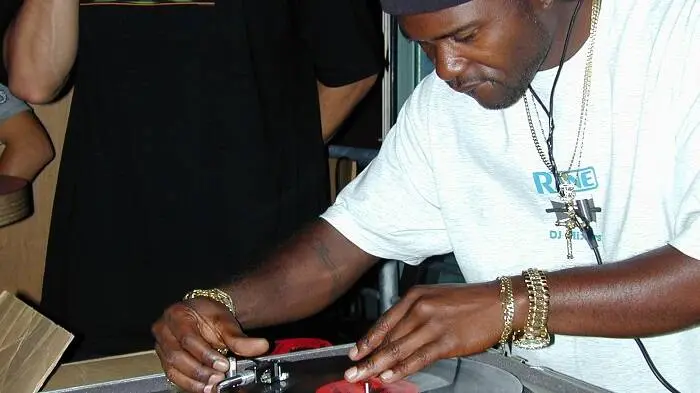
Although completely accidental, these techniques actually took the genre to a whole new level. Today, needle drop and needle scratching techniques are still widely used in modern rap and hip-hop songs.
In an effort to change the overall lyrical content and vibe of hip-hop, MCs Ed “Duke Bootee” Fletcher and Melle Mel created a song entitled The Message.
Unlike other rap songs that were criticized for their brash and confining nature, The Message was gritty, plain-spoken, and vividly portrayed social realism and Black street life.
In an article written in 1982 for The New York Times, American musicologist Robert Palmer states that The Message is an “utterly convincing cry of despair and frustration” that shouldn’t be ignored.
“Suddenly, pop music was relevant again,” he wrote, as he concluded the article, “and this was positive news indeed.”
The Message birthed the new era of culturally sensitive and public-spirited MC-driven rap and marked the beginning and the end of party-oriented DJs.
1984: The Golden Era of Rap
Spurred on by the success and lyrical progression of The Message, MCs began experimenting with the sound and technique of rap music. Beat productions went from light to dense.
Raps became faster and more aggressive. Sampling technology was like never seen before.
Rap lyrics became more soulful and personal, used as a form of vocal protest against social injustices. Every song created was more innovative than the last. The sheer number of stylistic innovations was frankly outstanding.

In these golden years, young prodigies and DJs were not only creating an art form but also birthing musical techniques and styles. Rap bridged the gap of spoken poetry and instrumentation and infiltrated almost every known genre of the 80s.
It was an unstoppable, no-holds-barred force; one that created fantastic opportunities and inspiration.
Of course, rap doesn’t come without its controversies. For instance, one of N.W.A’s best-selling songs, “F*** Tha Police,” was a response to police brutality towards African-Americans.
Upon its release, N.W.A was placed on the FBI’s radar, where the police would then label the entire genre of hip-hop and gangster rap as the public’s real enemy.
Regardless, controversies didn’t stop artists from letting their voices be heard. Rap continued to explode and grow, sparking new conversations about various issues like crime, gender, sexuality, racism, and mass incarceration.
1990s: Rivalry Between the East Coast and West Coast
As a result of content and stylistic differences, a feud occurred between East Coast and West Coast artists and fans.
One of the most notorious feuds, which was also the focal point of the rivalry, occurred between The Notorious B.I.G. (East Coast-based rapper) and Tupac Shakur (West Coast-based rapper). Both were killed in drive-by shootings which led to their eventual demise.
Orlando “Baby Lane” Anderson who was convicted of the murder of Shakur, was also killed via shootings in 1998. The individual responsible for The Notorious B.I.G.’s death is yet to be identified.
Ultimately, the East Coast-West Coast hip-hop rivalry was a brutal one. However, the deaths of the two mentioned artists not only eased the growing tensions of rap music but also birthed contemporaries and protégés like Snoop Dogg and Jay-Z.
Late 1990s: Women Enter (And Dominate) the Rap Scene
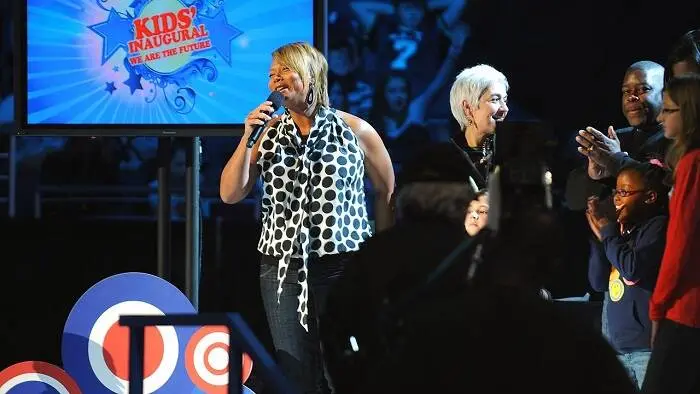
For years, masculinity reigned the rap scene, so much so that it was considered a male-dominated genre. Given the industry’s history of marginalizing and antagonizing women, female artists were often cast aside and their stories largely ignored.
But in the late 1990s, during the battle of the coasts’ last few moments, female rappers began making their voices heard.
Female rappers unapologetically detailed their experiences and interpretations of the world they live in, shattering old forms of self-expression and birthing anew.
Like male rappers, female rappers used rhyme schemes, metaphors, and flow to relate experiences that range from dark and violent, to romantic and hopeful.
Some of the most notable names at the time were Queen Latifa, Salt-N-Pepa, Yo-Yo, and MC Lyte. These female artists won multiple Grammy Awards throughout their early careers.
Sharon “Sha-Rock” Green was the first female rapper. Within the hip-hop community, she was lovingly dubbed as the “Mother of the Mic.”
Likewise, MCs Lauryn Hill and Da Brat were some of the first rap artists that took off in mainstream media.
Lauryn Hill’s first solo album, The Miseducation of Lauryn Hill, won multiple awards and became one of the top-selling albums at the time.
Shawntae “Da Brat” Harris is the first female solo rap artist to win platinum certification. Her debut album, Funkdafied, sold millions of copies and still continues to sell even today.
2000s to Present Day

The success of rap music continues to boom over the years, its popularity as strong as ever. As rap music enters the 21st century, artists such as Eminem, Drake, 50 Cent, Jay-Z, and Kanye West, emerged.
Music production became more efficient, complex, and accessible. Artists utilized edited audio effects, technological backdrops, fast lyrics, and ad-libs.
Young rappers collaborated with other young rappers. Rap was—and still is—a free-for-all scene that anybody could partake in.
Rap music’s versatility, lyrical feasibility, and historical impact make it arguably one of the most listened-to genres of music of today’s era.
What Makes Rap, Rap?
To successfully deliver a rap, a rapper must follow three components: content (intros, hooks, and verses), flow (rhythm, rhyme), and delivery (tone, cadence). A rapper must also develop breath control, vocal presence, and enunciation.
Breath control and management is a skill that every rapper should master. Unintentional pauses disrupt the flow of the song and also weakens the artist’s vocal presence.
Enunciation is likewise essential. It not only strengthens the flow of rap, but also breaks down rhyme, rhyme schemes, rhythm, and other elements of the delivery (volume, pitch, timber).
There’s no “right” way to deliver rap. It can be delivered with a melody or without. Some are slow while others are fast.
Popular rappers such as Ja Rule and 50 Cent add slight melodies to percussive raps. Rappers like Cee-Lo Green harmonize their raps with beats.
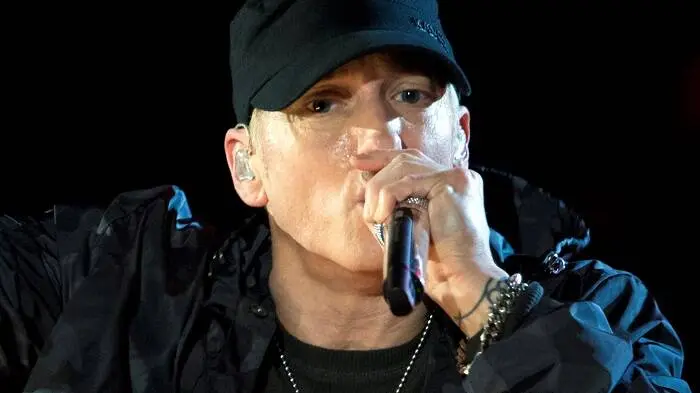
There’s no right speed, either. Some are slow while others are fast. Bone Thugs-n-Harmony is one of the first groups that use fast-paced, harmonic raps.
Eminem’s smash hit Rap God currently holds the Guinness World Record for most words rapped in a hit single. The six-minute-long record contained 1,560 words. The fastest verse had 9.6 syllables per second.
Why Is Rap Music So Popular?
In the United States, over 20% of Americans listen to rap music. On Spotify, American rapper DaBaby has 54 million monthly listeners every month, followed by 6 God with 52 million. Suffice it to say, rap music is one of the most—if not the most—popular music genre in the world.
Perhaps one of the biggest reasons for its popularity is its genuineness. Rap music is created by individuals who want to express their thoughts and feelings through music. They discuss personal issues and real-life problems that a lot of people can relate to.
In most cases, rap artists rarely use large vocab or complex beats. Instead, they rap for the sheer purpose of sharing their stories.
For many people, rap is like poetry: a play on words, puns, witty metaphors, rhymes, and imagery. It’s fun and entertaining, especially if executed properly.
In addition to entertainment, rap music provides a unique form of informal education to teens and young adolescents—education that far exceeds the limit of campus classrooms
For Black youths, in particular, rap music helps them understand, experience, and celebrate life and the world around them without missing social cues. It’s a powerful force that provides identity, emotional reinforcement, and solidarity towards people with shared life issues.
Rap music is popular because it’s a culture of freedom and hope. It’s simultaneously music and art. People of all ages, races, and cultures recognize the appeal of rap music, even if they consume or fully understand it.
Practice Tips for Young Rappers
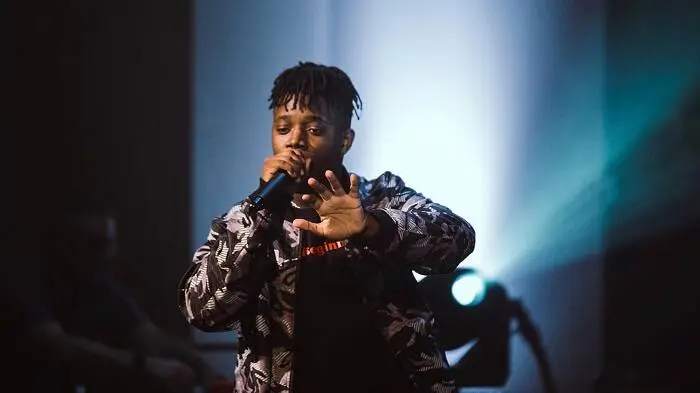
If you’re an inspiring rap artist and want to take your abilities to the next level, you’ll need to polish your skills through everyday practice.
Although rap isn’t usually as hard as singing, there’s still a fair amount of techniques and voice control involved. Some rappers actually take singing lessons to train their vocals and to increase their breath control.
To help you become a better rapper, follow the tips below!
- Learn rhyme and rhyme schemes
- Add emotion to your voice
- Avoid rapping with the same flow
- Let the lyrics come out naturally
- Practice different freestyle patterns
- Write down your rhymes
- Rap to different melodies, even those you’re unfamiliar with
- Add contrast to flow by adjusting the pitch of your voice
- Always count your bars and note your tones
- Use of the YouTube audio library for beats
- Don’t be scared to record your rap practice
- Rap about what you know
- Stay focused and dedicated
- Train your memory through daily practice
